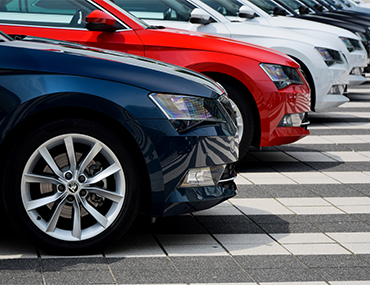I'm not sure what FSD would do. It looks like the nav kept taking him to the other gate, but that gate was closed. FSD does follow the nav. I don't know if FSD has some sort of loop prevention or if FSD is trained to ignore the nav in such a situation.Interesting, Waymo stuck in a loop in a parking lot, I have a impression FSD wouldn't do that and would shoot for the open gate right in front of it
But this shows one of the ways any robotaxi system can fail. I don't know if there is any way to guarantee that a robotaxi will never get stuck. Tesla's network will need the same kind of support mechanisms that Waymo has. At first, Tesla's network will need live support and even relief drivers.
However, I expect Tesla's neural net will be far superior to Waymo's. It will get stuck less frequently and require less babysitting. It should just keep getting smarter and smarter until "getting stuck" is a very rare occurrence.
And that will be Tesla's advantage over players like Waymo. Tesla will have much cheaper hardware. But Tesla's real robotaxi advantage will be in its superior neural net, resulting in easier rollout to new markets and less manpower required to manage the fleet.





